Driving in Metro Manila can often feel like a test of patience, especially with the notorious traffic congestion. To manage this, the Metro Manila Development Authority (MMDA) implements a number coding scheme, officially known as the Modified Unified Vehicular Volume Reduction Program (UVVRP). This guide will provide you with a comprehensive understanding of Manila’s number coding, including its schedule and how it affects your daily commute.
Understanding the Manila Number Coding Scheme
The number coding scheme is a traffic management tool designed to reduce the volume of vehicles on Metro Manila roads, particularly during peak hours. By restricting vehicle usage based on the last digit of their license plates, the MMDA aims to alleviate traffic congestion by approximately 20% during rush hours.
This scheme primarily targets private vehicles and is enforced across all cities and municipalities within Metro Manila, with some specific exceptions and variations in certain areas.
What Are the MMDA Number Coding Hours in Manila?
So, What Time Is Car Coding In Manila? The standard MMDA number coding scheme operates during the following hours:
- Morning Rush Hour: 7:00 AM to 10:00 AM
- Afternoon/Evening Rush Hour: 5:00 PM to 8:00 PM
- Days: Monday to Friday
- Suspension: Weekends and holidays
This schedule means that vehicles covered by the number coding on a particular day are prohibited from driving on covered roads during these rush hour periods. However, there are “window hours” between 10:01 AM and 4:59 PM when coded vehicles can travel freely.
To easily determine your vehicle’s coding day, refer to the table below:
For instance, if your license plate ends with 1 or 2, your coding day is Monday, and you cannot use your vehicle during the restricted hours on Mondays within Metro Manila. Violating the number coding rules will result in traffic violation tickets and fines.
Where is Number Coding Enforced in Manila and Metro Manila?
The MMDA number coding scheme applies to all cities and municipalities within Metro Manila. This encompasses major thoroughfares including:
- EDSA
- C5
- Recto Avenue
- Quirino Avenue
- Araneta Avenue
- C6
- Roxas Boulevard
- Taft Avenue
- South Luzon Expressway (SLEX)
- Shaw Boulevard
- Ortigas Avenue
- Bonifacio Avenue
- Rizal Avenue
- Quezon Avenue
- Marcos Highway
- Del Pan
- Magsaysay Boulevard
- Aurora Boulevard
While the MMDA sets the general guidelines, individual cities might have specific rules, particularly on secondary roads. It’s always best to check with the local government of each city for detailed traffic ordinances.
Manila City Specifics
Within Manila City itself, the standard MMDA number coding hours (7 AM to 10 AM and 5 PM to 8 PM) are generally followed on most roads. However, it’s important to note that some roads in Manila might not observe window hours, meaning the coding can be in effect for longer durations. Always be aware of local signage and regulations when driving within Manila.
Variations in Other Metro Manila Cities
While most cities in Metro Manila adhere to the MMDA schedule, there are exceptions:
- Makati: Makati has its own number coding scheme, operating from 7:00 AM to 7:00 PM with no window hours. Exemptions are very limited, primarily for senior citizen Blu Card holders and emergencies.
- Pasig, Pasay, Quezon City, Mandaluyong, Caloocan: These cities generally follow the MMDA’s 7 AM to 10 AM and 5 PM to 8 PM schedule. Pasay has some exemptions on major roads like Sales Road, MIA Road, and Ninoy Aquino Avenue. Caloocan’s Samson Road has no window hours.
- Taguig: Number coding is implemented on national roads in Taguig, such as East Service Road and Manuel L. Quezon Avenue, but not in Bonifacio Global City (BGC).
- Marikina: No city-wide number coding, but a portion of Marcos Highway is covered by the MMDA scheme.
- Muntinlupa: Limited to Ayala-Alabang National Road and Alabang-Zapote Road corner Buencamino and North Gate, following the MMDA hours. No coding on Commerce Avenue.
Frequently Asked Questions About Number Coding in Manila
To further clarify the details of the number coding scheme in Manila and Metro Manila, here are answers to some frequently asked questions:
1. Is there a new number coding scheme in Manila?
As of the current date, the expanded number coding scheme implemented since August 15, 2022, is still in effect. The MMDA has refuted any claims of new changes to the schedule, maintaining the 7 AM to 10 AM and 5 PM to 8 PM rush hour restrictions.
2. What are the number coding window hours?
Window hours are the period between the morning and afternoon rush hours when coded vehicles are allowed on the roads. For the standard MMDA scheme, window hours are from 10:01 AM to 4:59 PM. However, always check for city-specific rules as some areas may not have window hours.
3. Is number coding in Manila suspended on holidays and weekends?
Yes, the number coding scheme is typically suspended on weekends and nationally declared holidays. The MMDA also often suspends coding during significant events or emergencies like typhoons or transport strikes. Always monitor MMDA announcements for the most up-to-date information, especially during holidays or special circumstances.
4. Which vehicles are exempt from number coding?
Exemptions from the MMDA number coding scheme include:
- Public Utility Vehicles (PUVs)
- Transport Network Vehicle Services (TNVS)
- Motorcycles
- Garbage trucks
- Ambulances
- Fire trucks
- Marked government vehicles
- Vehicles carrying essential and perishable goods
Makati City, however, does not honor these exemptions, applying its coding rules more strictly.
5. Are electric vehicles (EVs) and hybrid cars exempted?
Full electric vehicles listed by the Department of Energy (DOE) are generally exempted. However, mild hybrids usually are not. It’s best to consult the DOE’s official list for verified EV exemptions.
6. Are senior citizens exempt from number coding in Manila?
Currently, senior citizens are not exempt under the general MMDA number coding scheme. Makati City is an exception, offering exemptions for resident senior citizens with Blu Cards. The MMDA is considering studying potential exemptions for seniors in the future.
7. Are healthcare workers exempted from number coding?
No, healthcare and medical workers are not generally exempted from the MMDA number coding, except for medical emergencies specifically in Makati City.
8. Can I apply for a number coding exemption?
The MMDA does not typically grant individual exemptions. Exemptions are vehicle-type based. For specific cases, you might need to consult with your local city government for any localized exemption possibilities.
9. What is Makati’s traffic reduction program?
Makati’s traffic scheme is stricter, running from 7 AM to 7 PM with no window hours. Exemptions are very limited, primarily for senior citizens with Makati Blu Cards and emergency situations.
10. What is the fine for violating number coding?
The standard fine for number coding violations is ₱500, as per the Metro Manila Traffic Code’s single ticketing system.
11. Where can I pay my number coding violation fine?
Fines can be paid through various channels including:
- MMDA Traffic Management Division
- Landbank Link Biz Portal
- Bayad Center
- SM Bills Payment
- Maya
- GCash
- GrabPay
12. Is the truck ban still suspended in Manila?
Yes, the total truck ban on Metro Manila major roads remains suspended, except on EDSA (Magallanes to North Avenue) and in areas like Makati Business District, Ortigas Business District, BGC, and Navotas City. Exemptions for trucks are similar to number coding (garbage, fuel, essential goods). Violations carry a ₱2,000 fine (₱5,000 in Navotas).
Tips to Manage Manila Number Coding
Navigating the number coding scheme can be challenging. Here are some practical tips to help you manage your commute in Manila:
🚗 Plan Your Trips and Leave Early
Given the rush hour focus of number coding, schedule your trips to avoid restricted times. If you must travel during coding hours, leave significantly earlier to get ahead of the 7 AM or 5 PM cut-offs. For evening trips, wait until after 8 PM to ensure you are outside the coding window.
🚗 Utilize Ride-Hailing Apps
TNVS vehicles are exempt from coding, making ride-hailing apps a convenient alternative on your coding days. Be aware of potential surge pricing and booking times, especially during peak hours and in central business areas.
🚗 Consider Carpooling
Carpooling can be a cost-effective and social way to navigate coding. Organize carpools with colleagues, neighbors, or family members. Sharing rides reduces the number of cars on the road and splits travel costs.
🚗 Explore Alternative Transportation
For shorter distances, consider walking, biking, or using e-bikes (where permitted). Public transportation like trains and buses are also viable options to bypass number coding restrictions. Remember that e-bikes and e-scooters have regulations regarding thoroughfares, registration, and safety gear.
Final Thoughts on Manila Car Coding Times
Understanding what time is car coding in Manila and how it operates is essential for anyone driving in Metro Manila. While it aims to ease traffic, it requires careful planning and awareness. By staying informed about the rules, exceptions, and city-specific variations, you can effectively navigate Manila’s roads and avoid unnecessary fines and delays.
💳 Save on Fuel with Credit Card Rewards
Maximize your savings on fuel and other car expenses by using credit cards that offer rebates and rewards. Consider these options to reduce your transportation costs:
| Credit Card | Features and Benefits |
|---|---|
| UnionBank Platinum Mastercard **** | – 1% cashback on all purchases, including fuel purchases – Free lounge access at NAIA Terminals 1 and 3 |
| HSBC Red Mastercard | – 6% rebate on your first Caltex fuel purchase; 3% fuel rebate all year round – Up to 4x rewards points on shopping, dining, online, and overseas spend |
| Security Bank Complete Cashback Mastercard | – 4% cashback on gas purchases – 5% grocery rebate – 3% utility rebate – 2% dining rebate – 1% shopping rebate |
| Petron BPI Card | – 3% fuel rebate at BPI-accredited stations (up to ₱15,000 fuel rebate per year) – Free fuel voucher worth ₱200 for new cardholders |
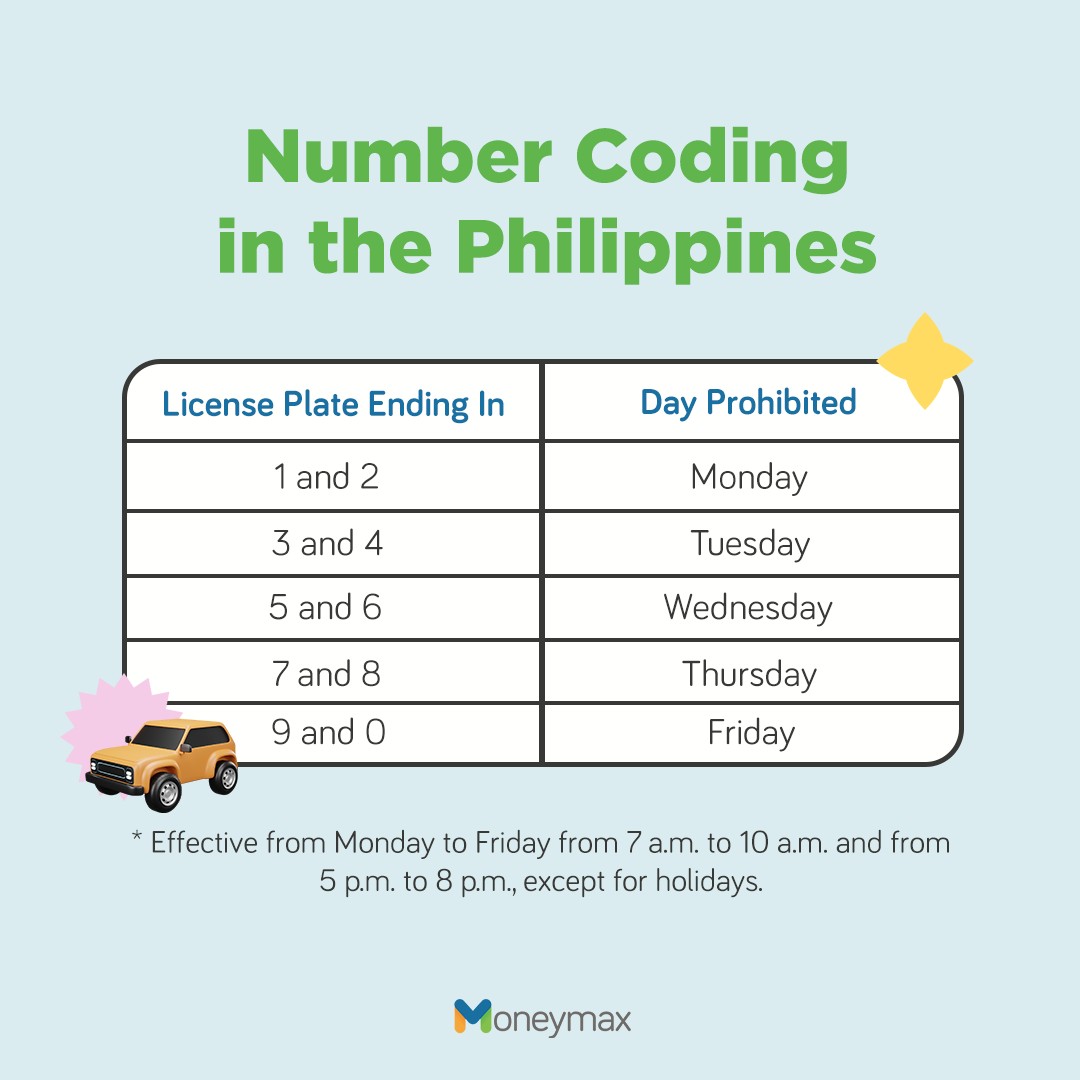
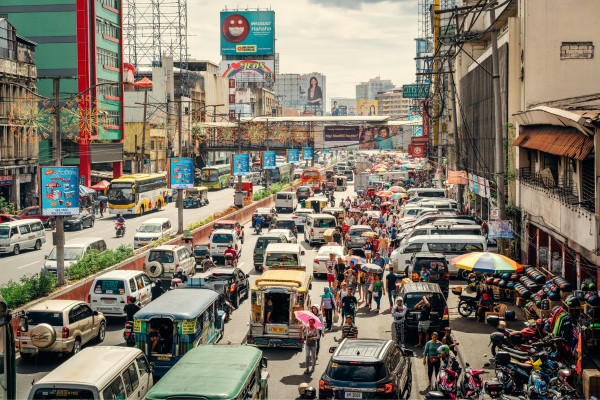
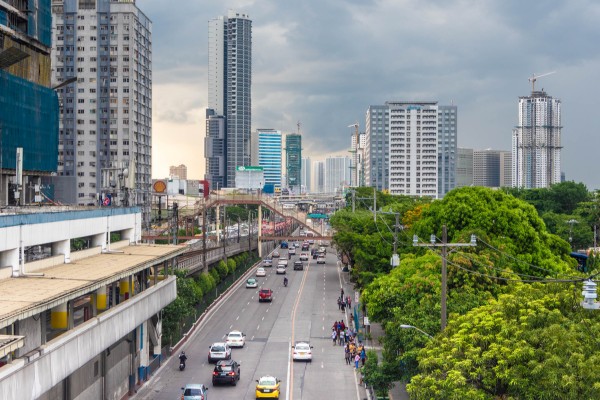
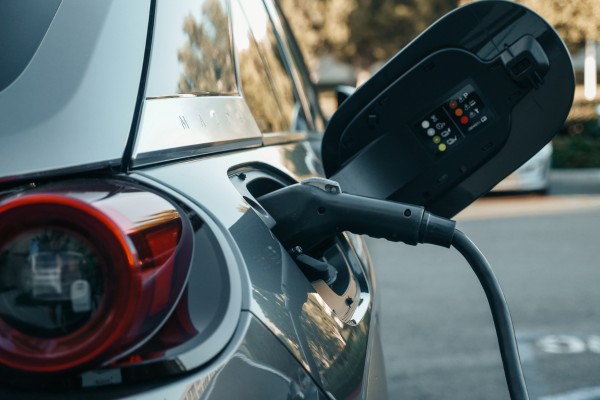
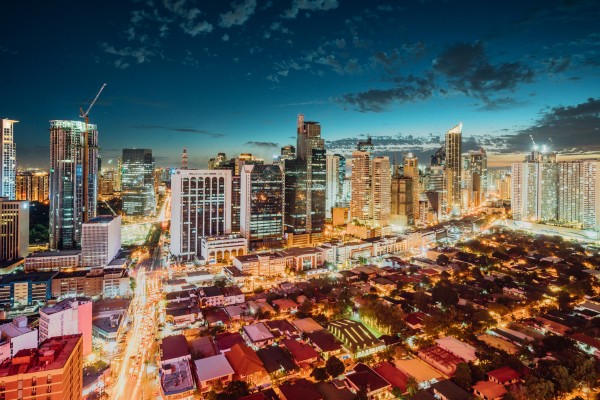
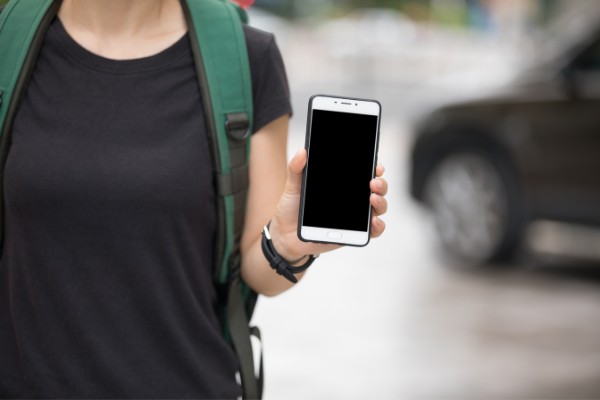
Sources:

